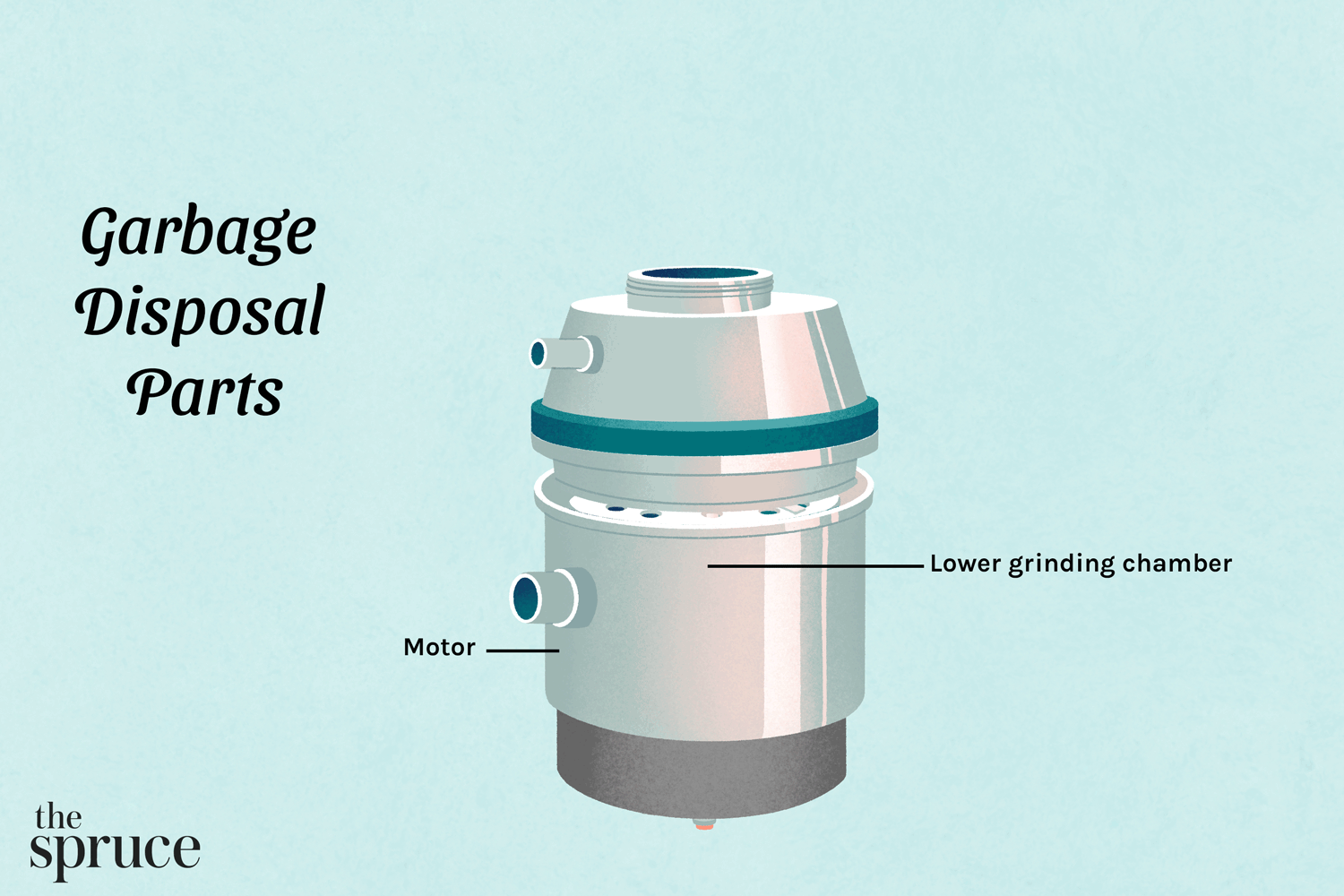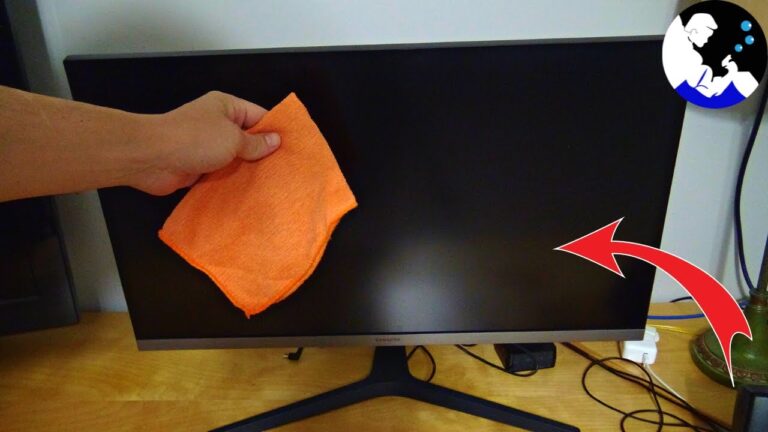Visual Guide To Garbage Disposal Parts
This visual guide to garbage disposal parts provides a comprehensive overview of the different parts that make up a garbage disposal system. It will help you identify the different components of your disposal unit and explain how they all work together. We’ll also show you how to troubleshoot common problems and how to make simple repairs. With this guide, you’ll be able to maintain your garbage disposal and keep it running smoothly for years to come.
What is a Garbage Disposal?
Garbage disposals are an essential appliance in any home, especially those with a kitchen sink. It is a motor-driven device that is used to grind and shred food waste, such as eggshells, bones, and vegetable scraps, into small particles that can be safely flushed down the drain. Garbage disposals are convenient and easy to use, and they help keep your kitchen free of clogged pipes and unpleasant odors. But what exactly are the parts that make up a garbage disposal?
In this visual guide, we’ll take a closer look at the various components of a typical garbage disposal system. We’ll also discuss how these parts work together to grind and shred food waste and keep your kitchen clean and odor-free. So, let’s dive in and explore the different parts of a garbage disposal.
The first part of garbage disposal is the grinding chamber, which is a stainless steel cylinder with razor-sharp blades and a powerful motor. This is where food waste is broken down into small pieces. The motor is connected to a grinding plate, which is responsible for the grinding action. Once the food waste has been ground, it is transported to the grinding chamber, where it is broken down further into very small particles. The particles are then flushed down the drain with water.
Common Garbage Disposal Parts
Garbage disposals are a convenient way to manage food waste in the kitchen. With all the various parts involved, it’s important to know exactly what goes into the operation of these units. That’s why we’ve created a visual guide to the common garbage disposal parts. Here’s an overview of the components that make up your garbage disposal:
- Grinding Chamber: This is the main housing of the disposal unit, where food waste is fed into and ground up with the help of a rotating impeller.
- Impeller: This is the rotating blade located inside the grinding chamber that shreds food waste into tiny pieces.
- Swivel Arm: This arm connects the grinding chamber to the sink drain, allowing the waste to be discharged.
- Splash Guard: This is a plastic or rubber guard that helps to contain the waste and noise when the disposal is running.
:max_bytes(150000):strip_icc()/gar_disp_expl_view-640-56a4a2d25f9b58b7d0d7effe.jpg)
Installing & Maintaining a Garbage Disposal
Garbage disposal is an essential part of any kitchen, making it easier to manage and dispose of food waste. Installing and maintaining garbage disposal correctly can be a daunting task, but with some knowledge of the basic parts and functions, it can be a breeze. This visual guide to garbage disposal parts will help you understand the components that makeup garbage disposal and how to properly maintain them.
The most important part of any garbage disposal is the grinding chamber, which is where the disposal breaks down food waste into smaller pieces. The grinding chamber is protected by a stainless steel grinding plate, which contains slots that allow the pieces of food to pass through while preventing larger items from entering the chamber. The grinding chamber also houses a motor, which powers the grinding plate and spins the impellers that break down the food particles.
The motor is connected to a power cord and a power switch, which is used to activate and deactivate the disposal. The power switch has a reset button that can be used when the disposal is clogged or jammed. Finally, the drain pipe is connected to the disposal and carries the food particles away from the grinding chamber.
Troubleshooting Garbage Disposal Problems
When it comes to garbage disposal, it can be hard to identify the root of the problem if things start to go wrong. To help you get your disposal up and running again, we’ve created a visual guide to the most common garbage disposal parts and their functions. With this guide in hand, you can easily identify and troubleshoot any garbage disposal issue. We’ll also provide some helpful tips for avoiding common disposal problems. By understanding the different parts of your disposal and how they work, you can ensure your disposal runs efficiently and you avoid any costly repairs.
How to Properly Dispose of Garbage
Properly disposing of garbage is a necessary responsibility for all of us. Not only does it help keep our environment clean, but it also helps to protect our health. Unmanaged and improperly disposed of waste can contaminate our air, water, and soil, leading to potential health risks. To ensure that our trash is handled and disposed of properly, it is important to understand the various garbage disposal parts.
This visual guide will provide an overview of the different types of garbage disposal parts, along with their functions. From waste bins to dumpsters, this guide will walk you through the critical components of a safe and efficient waste disposal system. You will also learn how to properly dispose of your garbage to help protect our health and environment. By understanding the different garbage disposal parts, you can ensure that your trash is taken care of and disposed of responsibly.
Conclusion
The Visual Guide to Garbage Disposal Parts is an invaluable resource for anyone looking to learn more about the components of a garbage disposal. It provides comprehensive diagrams and descriptions of each part, making it easier to understand the mechanics of the machine. With the help of this guide, it is easy to determine what parts are needed for a successful garbage disposal installation and repair. Overall, this visual guide helps to make the process of garbage disposal maintenance and installation easier and more efficient.






